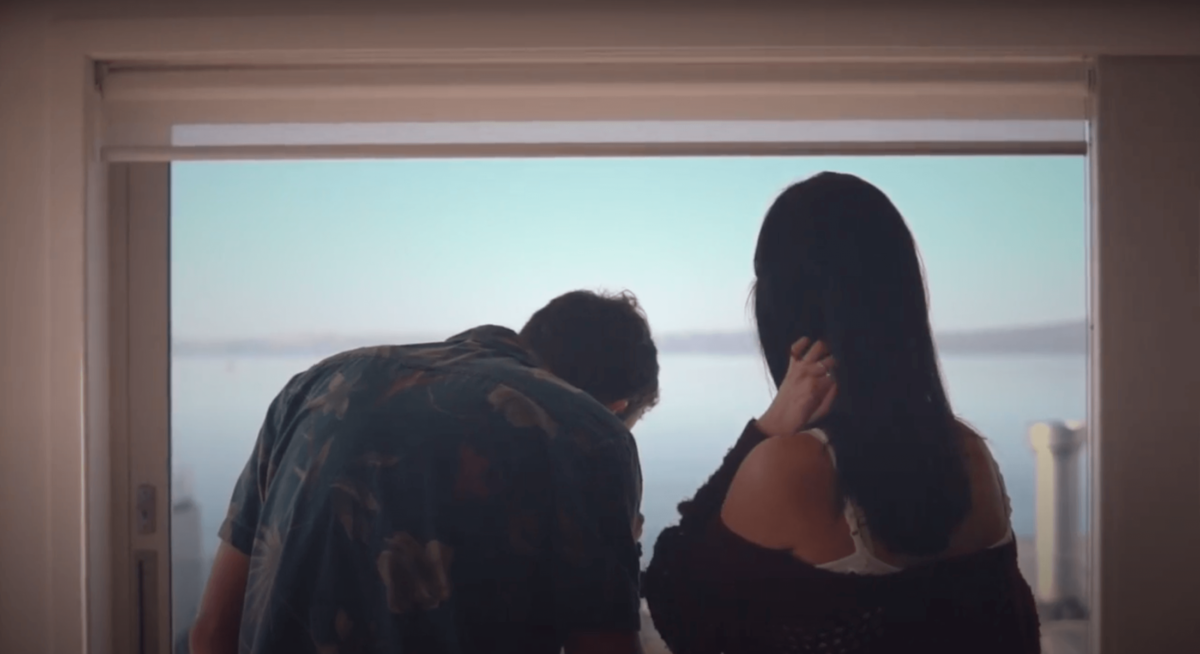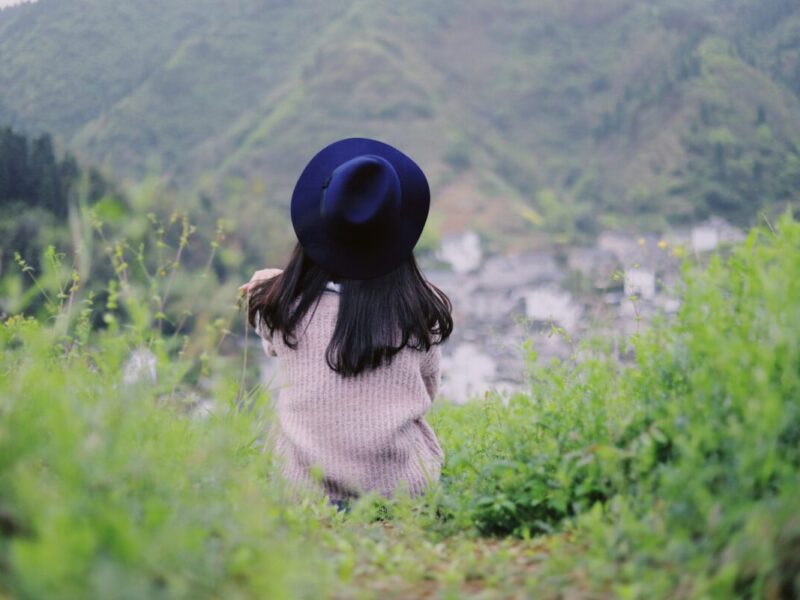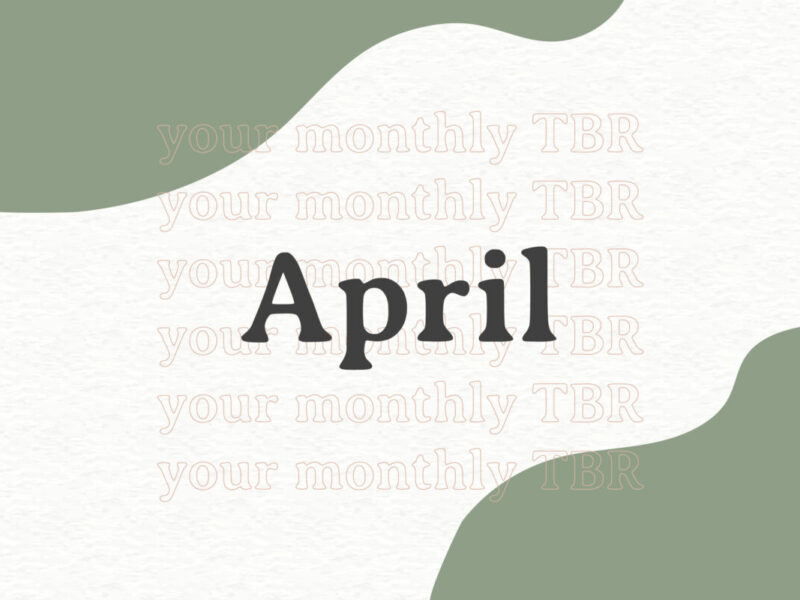The marriage of poetry and film is a romantic affair that viewers have long been watching. From the lyrical sensibilities of the 60s film Alphaville to Eva Green’s reading of Tyler Knott’s poetry, combining video and poetry is an artistic way to reach modern readers and film lovers.
The term “videopoetry” was introduced by critic and poet Tom Konyves in 1978 to describe a hybrid art form that appeals to our 21st century age of technology and multimedia poetry. According to Konyves, “videopoetry” should be spelled as one word “to indicate that a fusion of the visual, the verbal, and the audible has occurred.” According to Movingpoems.com, other ways of describing this genre include “film poem” and “Cin(e)poetry.” Poet Atticus has named the videos on his Instagram page and YouTube channel “voetry.”
No matter what you call it, videopoetry is shaping the way we experience poetry and returning it to its oral and musical roots. There are film festivals around the world that celebrate videopoetry, including Cadence: Video Poetry Festival in the United States. According to their website, Cadence approaches videopoetry as “a literary genre presented as visual media that makes new meaning from the combination of text and moving image.”
I’ve selected three poetry videos that illustrate the elements of this emerging literary genre. They capture the intimacy of reading poetry and transform it into a special experience you cannot easily forget.
“CRY OF THE LOON” BY KAI CARLSON-WEE
“We are given a few years to laugh at the danger.”
—“Cry of the Loon”
Kai Carlson-Wee is a poet and filmmaker who travels the world with his Nikon F3 camera, his pocket journals, and his vivid imagination. His globe-trotter lifestyle inspires him to make short films about his travels, and his experiences hopping freight trains and exploring the landscapes of the American West became the material for his verse novella, Rail—published by BOA Editions—which was a finalist for the 2018 Balcones Poetry Prize.
Carlson-Wee’s poetry is beautiful, lyrical, and memorable. His personal experiences on the road are fuel for his work: “One of my biggest goals in poetry has been to create a sense of experience in language. I want my life to touch the words,” Carlson-Wee said in an interview with Poetry Northwest.
His videopoem, “Cry of the Loon,” was a runner-up for the 2016 Button Poetry Video Contest, and it also won a jury award at the 2020 Cadence: Video Poetry Festival. The poem is a lyrical meditation on life and death and was inspired by the memory of Carlson-Wee’s grandfather.
“THE STRONGEST OF THE STRANGE” BY CHARLES BUKOWSKI
If you’re looking for videopoems of classic poets such as Edgar Allan Poe, Pablo Neruda, or Robert Frost, check out this YouTube channel from filmmaker illneas. The channel has an active community of poets and writers who engage with his videopoems, and illneas frequently interacts with his viewers and uses their feedback.
illneas is a talented filmmaker who knows how to incorporate the right image and sound to enhance the meaning of the classic poetry he covers. One of his most captivating videopoems is “The Strongest Of The Strange” by Charles Bukowski. The melancholy and weary voice of Bukowski, the attention to detail in the images he captures, and the piano music illneas chooses make this an artistic videopoem worth watching. This is a great example of how a videopoem can render a print poem unforgettable using the elements of film and sound, making the poem new again for the viewer and reader.
“BETWEEN YOU AND THESE BONES” BY F.D. SOUL
F.D. Soul’s poetry is visceral, romantic, and relatable. According to this Read Poetry interview, Soul is “a New Zealand poetess and author of two poetry collections. Her latest collection Between You and These Bones is a raw illustration of wisdom and poetry—musicality interwoven to read like a meditation. Her poems question the relationship between the self, between others, her relationship with nature, and poetry in relation to the world.”
Her videopoem and book trailer for Between You and These Bones pairs sensual shots of nature with a romantic reading of her poem. The trailer was directed and created by Ylia Trotter. This videopoem is a terrific example of how poets can collaborate with filmmakers and make creative videos of their work.
I will always prefer holding the creamy pages of poetry in my hands over a cold computer screen. But I cannot deny that my mind has adapted to the visual immediacy of film and video and that the combination of music, film, and poetry is a captivating way of sharing poetry. I don’t see it as a competition: videopoetry versus books. I see it as a union, a compatible relationship where video brings poetry to a broader readership and spreads the beauty of the written word.




